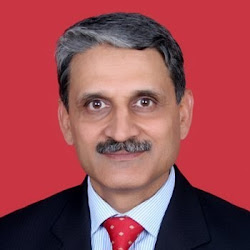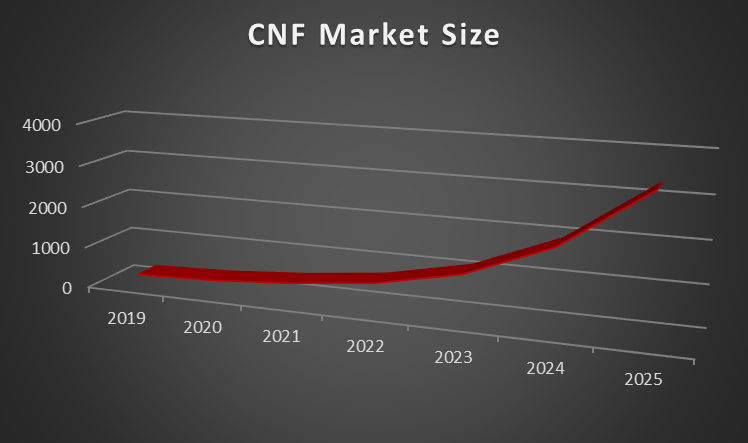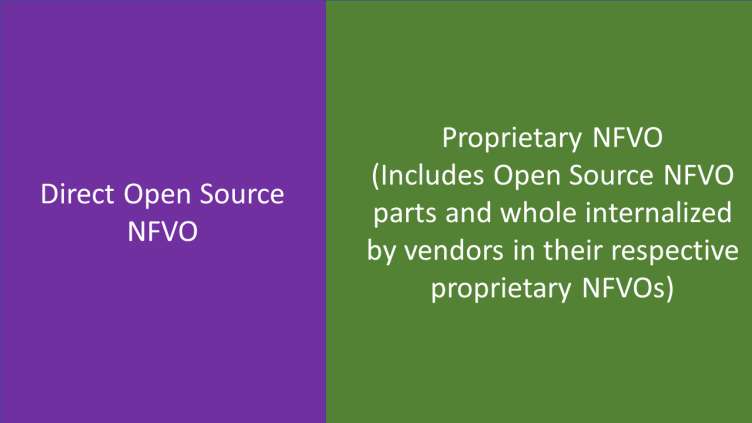AI, RAN and Delay-Doppler – How Cohere does it
Agreed. The title has too many nouns! Each of the nouns is important though, as we will find out. Allow me to explain.
So this article is a profile of Cohere Technologies. Cohere features in our report “AI and RAN – How fast will they run”.
As you would now guess, Cohere Technologies specializes in using the Delay-Doppler channel model. It uses this model in software to MU-MIMO enable existing FDD and TDD networks.
What does the model do? This model leverages AI/ML for detection, estimation, prediction and precoding of channels.
What does the term ‘Delay-Doppler' mean?
It is easy to misinterpret this phrase as a special use-case of the Doppler effect – it is not. Cohere uses the word ‘delay’ as a shorthand for distance and the word ‘Doppler’ for velocity.
Cohere postulates that tapping the channel simultaneously for time delay and Doppler effect provides a unique profile of the signal path from the antenna to the user – specifically, the scattering of signal and its causes can be identified with pin-pointed accuracy and near-real time response.
Cohere announced the Universal Spectrum Multiplier (USM) in June 2021 in collaboration with VMware RIC. The USM relies heavily on convolutional techniques to achieve this objective. By operating in the Delay-Doppler domain, Cohere enhances channel estimation and prediction, facilitating MIMO deployments in both FDD (MU-MIMO) and TDD (Massive MIMO) spectrums under various mobility conditions.
Cohere derives its unique advantages due to its expertise in the Delay-Doppler Domain, developed as part of the creation of the OTFS wireless system dating back to 2011. A major portion of Cohere’s leadership team has been part of numerous startups like Flarion Technologies (4G OFDM inventors), Gainspeed, and SpiderCloud Wireless. Cohere’s investors include tech companies Intel, Juniper and VMware and the venture arms of Telstra and Bell Canada.
What’s more, the software can be used in traditional RAN, as part of Open RAN (xApp), and deployed adjacent to the base station or as part of a Cloud RAN.
What’s the big deal about MU-MIMO?
Nothing. Just that Multiuser MIMO (MU-MIMO) is the proverbial holy grail of fine-grained TDD and FDD multiplexing! MU-MIMO technology enhances cell capacity or spectrum efficiency by facilitating simultaneous communication with multiple users in identical time and frequency slots. MU-MIMO allows concurrent communication with several users in the same slots, thereby increasing the amount of data transmitted per unit of time and frequency and enhancing the efficiency of the most critical resource in the RAN – the spectrum.
But there is a catch here.
The control plane for MU-MIMO requires sophisticated strategies for grouping users for simultaneous communication (addressing the user pairing problem) and for precoding their transmissions in a manner that allows each user to discern their own transmission with minimal interference from others (solving the user precoding problem). Without advanced pairing and precoding, MU-MIMO could potentially degrade performance compared to non-MU-MIMO systems. Despite being standardized by 3GPP, these control plane complexities have limited MU-MIMO's practical application, especially in the most valuable low- and mid-band FDD spectrum.
How does USM help?
USM dynamically establishes orthogonality between paired UEs, reducing inter-beam interference even with minimal angular separation. It leverages existing UE feedback for channel measurement and spatially multiplexes a mix of 4G/5G devices to fully utilize the available spectrum. It supports massive MU-MIMO deployment capabilities in FDD and TDD under all mobility conditions, a significant advancement given the range and resilience of low-band spectrums. Cohere's cloud scheduler can co-schedule 4G and 5G deployments, dynamically allocating spectrum between LTE & 5G NR signals via orthogonal beams. The radio scheduler app can determine the precise spectrum allocation for different 4G and 5G UEs on a per transmission time interval (TTI) basis. This replaces operator-customized DSS in line with their policies and facilitates a vendor-neutral implementation, avoiding proprietary lock-ins.
That’s not all.
Future features include Coordinated Multipoint (CoMP) and Intercell Interference Coordination (ICIC) capabilities, facilitated by the cloud-based scheduler, which can schedule across multiple sites for advanced interference mitigation, particularly enhancing cell edge capacity in dense, interference-limited deployments.
Needless to mention, USM extensively employs AI/ML to achieve the above objectives.
The impact of USM extends beyond its explicit objectives. To make USM more appealing to telcos, Cohere's approach involves decoupling RAN intelligence (specifically for MU-MIMO scheduling, including dynamic user pairing and precoding) from the Distributed Unit (DU), running it as a cloud service atop a near-Realtime RIC.
Why is this important?
Traditionally, schedulers were deemed too latency-sensitive to be moved out of the DU and into the cloud. Cohere claims that this decoupling allows for more effective channel estimation and prediction, enabling MU-MIMO's application to existing LTE handsets and increasing spectral efficiency in LTE networks without additional spectrum usage or handset upgrades. These benefits also extend to 5G deployments.
Unsurprisingly, RIC vendors are among the strongest backers. Cohere counts VMware, Juniper and Capgemini among its vendors. Mavenir is a major collaborator as well. The prospect of cracking the L1 disaggregation challenge would have understandably enthused the RIC community. Publicly known trials have been conducted with Telstra, Deutsch Telecom, Vodafone and Bell Canada.
Where does Cohere (and AI) go from here?
Cohere sees future AI developments enabling a borderless cellular network, wherein the transition from one cell to another is envisaged as being seamless without any hard-and-fast model to predict the network behavior. AI is perfectly suited for such a paradigm. In that sense, the Delay-Doppler model learns channel behavior on the go making it an ideal for AI.
All-in-all, a one happy circumstance!
Published on: April 04, 2024
|
RELATED BLOGS

5G, Spectrum Continuity, Spectrum Pricing and AGR … and a freewheeling chat with Vikram Tiwathia of COAI
Paul R. Milgrom and Robert B. Wilson are the joint winners for the Nobel Prize for Economics this year for their work “for improvements to auction theory and inventions of new auction formats.” As we understand, the duo is credited with seminal work associated with the efficacy of the auctioning mechanism … Continue reading 5G, Spectrum Continuity, Spectrum Pricing and AGR … and a freewheeling chat with Vikram Tiwathia of COAI

Microservices – The wind beneath the CNF wings
In my last post, I discussed the pitfalls of microservices, which power CNFs. In this post, I will present the other side of the story. We know that microservices dissect individual CNFs into a mesh of interdependent services that can be containerized independently of each other. I would like you to take … Continue reading Microservices – The wind beneath the CNF wings

The NFVO Product and its Profiles
Insight Research, in its recent report “The VNFO…Ripe for change” has broken down the market by product profile. We consider two profile categories – Direct Open Source and Proprietary. Let us look closely at the categories. Insight Research has a very categorical definition for direct open source NFVOs – those that traverse … Continue reading The NFVO Product and its Profiles

